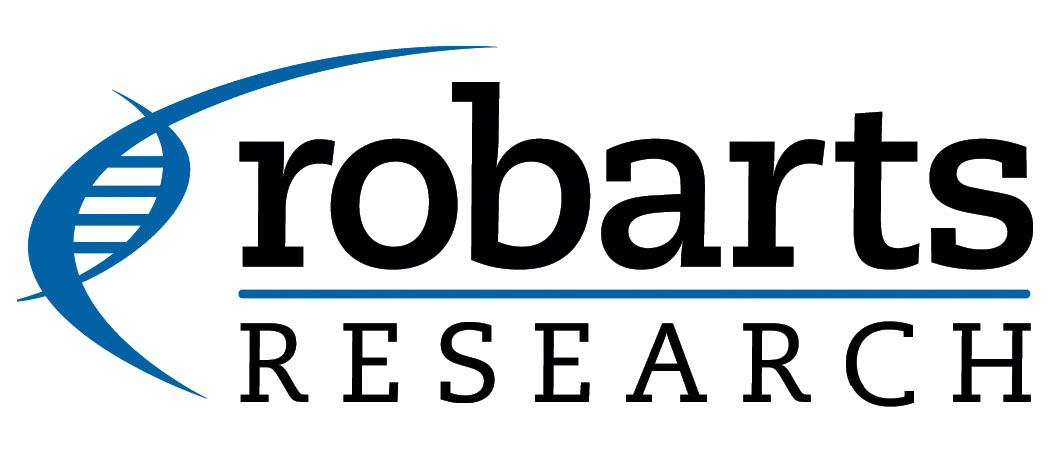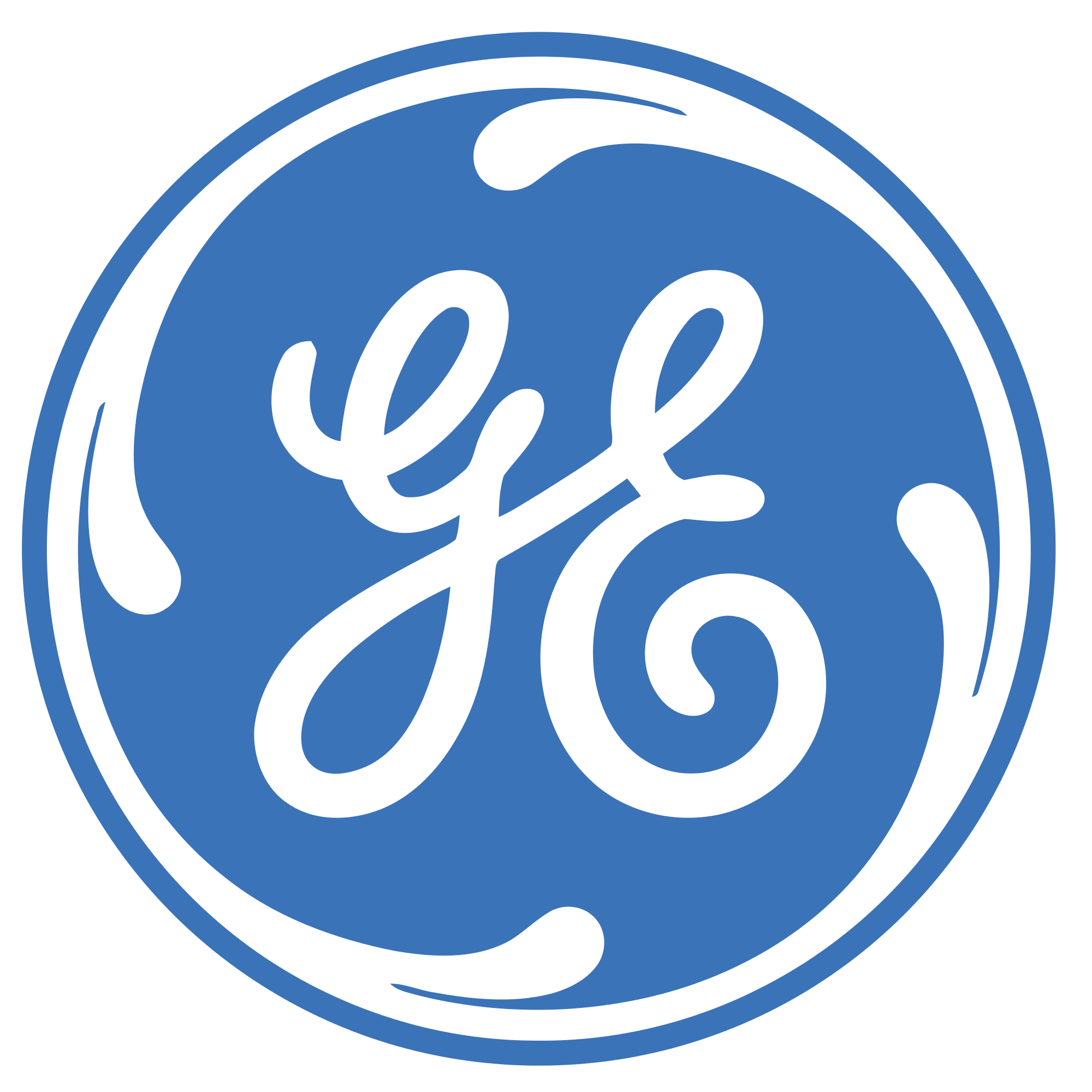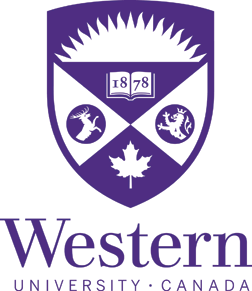Approach
Structured Support Vector Regression (S2VR)
The proposed framework extracts image features from spinal X-ray images and outputs coordinates, angles, and landmarks. The regression task predicts the coordinates and Cobb angles from the given input image features.[1]
Fig. 2. The framework of the structured support vector regression (S2VR).[1]
Fig. 3. Our method overcomes huge variations and high ambiguities and achieves high accuracy in landmark detection.[1]
BoostNet
The BoostNet framework consists of three parts:
- Series of convolutional layers to perform automated feature extraction.
- Newly designed BoostLayer to remove deleterious outlier features.
- Spinal structured multi-output layer to alleviate the impact of small datasets.[2]
Fig. 1. Architecture of the BoostNet for landmark based AIS assessment. Relevant features are automatically extracted and any outlier features are removed by the Boost-Layer. A spinal structured multi-output layer is then applied to the output to capture the correlation between spinal landmarks.[2]
Fig. 2. Conceptualized diagram of our BoostLayer module. (a) The presence of outliers in the feature space impedes robust feature embedding. (b) The BoostLayer module detects outlier features based on a statistical properties. We use an orange dashed line to represent the outlier correction stage of the BoostLayer. For the sake of brevity, we did not include the biases and activation function in the diagram. (c) After correcting outliers, the intra-class feature variance is reduced, allowing for a more robust feature embedding.[2]
Fig. 3. Empirical results of our BoostNet algorithm. (a) The landmarks detected by our BoostNet conforms to the spinal shape more closely compared to the ConvNet detections. (b) The BoostNet converges to a much lower error rate compared to the ConvNet.[2]






